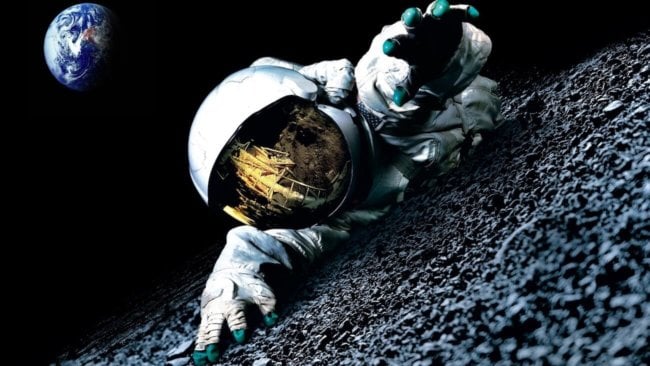
In recent years, space agencies around the world are planning large-scale research mission. They all require tremendous amounts of energy carried aboard the spacecraft. And if close to the Sun else can you do with a solar-powered, long distances, this approach is not going to work and there is an urgent need in the powerful energy, the main of which almost ended at NASA.
It is worth noting that a couple of years ago we already wrote about the fact that NASA may suffer the same fate. The fact that on Board the spacecraft used radioisotope thermoelectric generators (RTGs), deriving the energy released during the decay of radioactive isotopes of plutonium-238. Plus the use of radioactive material in that the power element based on it has no moving parts, it requires no maintenance for several decades, it is enough to feed a small research units. But there is a downside: the production of plutonium-238 is extremely expensive and labor-intensive. In addition, most of the world’s reserves were developed during the cold war during the arms race, and the United States have all ceased production of plutonium-238 in 1988, starting to buy it from Russia.
But the United States reserves came to an end: now NASA has less than 34 kg of plutonium-238. As it breaks down quickly, only about half of it can be used for space missions. The available quantities are insufficient to equipment level missions Cassini, which required almost 22 kg of plutonium-238. Realizing the seriousness of the situation, the United States resumed production of plutonium-238 a few years ago, but in all that time has only received about 100 grams of the substance. Another 100 grams will be received by the end of autumn this year.
Thus, according to the accounts chamber, with the production of a rare element is not so rosy. As explained by Ralph Mcnutt a leading scientist in the applied physics laboratory of Johns Hopkins University,
“Reactor for the production of no. It is taken apart. Tower-cooler demolished in the early 90s. For the production of plutonium-238 is used neptunium-237, where for years the target of being bombarded by it and obtained a small amount of plutonium-238. The production itself is still in the experimental phase”.
However, the us space Agency remains optimistic. At the request of one of the leaders of NASA’s Jim green,
“I think we’re in good shape for the coming decades. Our plan is to build up stock of plutonium and not allow it to limit our future mission.”
Space mission of NASA is under threat
Vladimir Kuznetsov